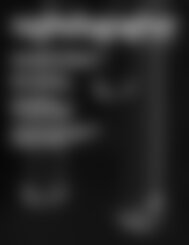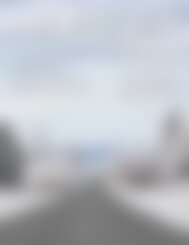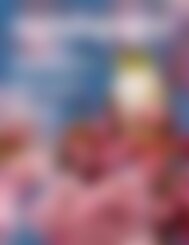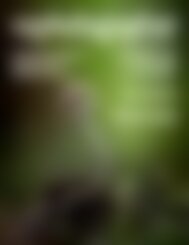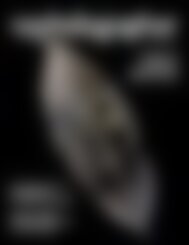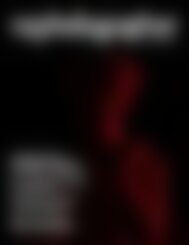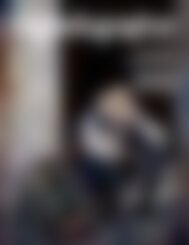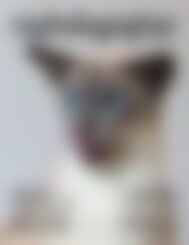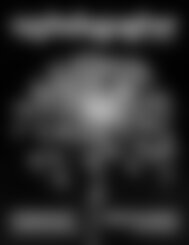NZPhotographer Issue 43, May 2021
As of December 2022, NZPhotographer magazine is only available when you purchase an annual or monthly subscription via the NZP website. Find out more: www.nzphotographer.nz
As of December 2022, NZPhotographer magazine is only available when you purchase an annual or monthly subscription via the NZP website. Find out more: www.nzphotographer.nz
Create successful ePaper yourself
Turn your PDF publications into a flip-book with our unique Google optimized e-Paper software.
and shadow. Photos with very little or no transition were taken in hard light, whereas a gradual transition is<br />
the result of soft (or at least softer) light. Soft light is much more commonly used for portraiture as it is typically<br />
more flattering, especially for anyone with blemishes, wrinkles, or shiny skin. Despite this, hard light shouldn’t<br />
be entirely overlooked though it can be more difficult to work with and you might need to do more post<br />
processing. Because of the look of hard light, you may feel you can’t capture a good portrait in bright sunlight.<br />
In this article, I want to share several tips and tricks I’ve found for using any kind of daylight for portraiture,<br />
including (and especially) bright sunlight.<br />
THE HUMBLE REFLECTOR<br />
If you search online for how to photograph people in bright sunlight, one of the most common responses is<br />
to move your subject into shade. Whilst this will avoid the pitfalls of harsh light, it is a bit boring and you may<br />
as well have stayed indoors. Shaded areas don’t offer much contrast or depth to the lighting and can even<br />
cause your auto white balance to take on a blue or green tint, making skin tones appear muddy. To make<br />
your subject pop in shade, you need to introduce some light via either a reflector or a flash. Every portrait<br />
photographer should own a 5-in-1 reflector. They’re cheap, compact, and oh-so versatile. This is where you go<br />
and check the back of your ‘photography cupboard’ to dig out and dust off the reflector you bought all those<br />
years ago but never used. Hint: if it’s really old, open it up outside as they can go flakey!<br />
The 5-in-1 reflector has a reversible zipped cover with silver, white, gold, and black sides and the cover fits over<br />
a collapsible frame with diffusion cloth. They come in a range of sizes and shapes – a large reflector will be a<br />
softer light source than a small reflector but can be more difficult to handle. You probably know all this already,<br />
so here’s a handy table with more information that perhaps you weren’t aware of.<br />
USES PROS CONS<br />
SILVER<br />
Highly reflective, neutral colour.<br />
Use to create highlights or fill<br />
shadows. Relatively hard light with<br />
contrast.<br />
Can be used from a<br />
greater distance than a<br />
white reflector.<br />
Be careful not to reflect light<br />
into your subject’s eyes.<br />
WHITE<br />
Subtle reflection of light, neutral<br />
colour. Useful for creating<br />
highlights or filling shadows. Soft<br />
light.<br />
More flattering than the<br />
silver cover for shiny skin,<br />
wrinkles, or blemishes.<br />
Must be positioned much<br />
closer to the subject than a<br />
silver reflector, limiting the<br />
type of shot captured.<br />
GOLD<br />
Same as silver but with a warm<br />
tone.<br />
Can be used to add<br />
warmth to an image or<br />
simulate golden light.<br />
Has a bad reputation due to<br />
over-use in the 70’s. Needs<br />
to be used appropriately.<br />
BLACK<br />
Absorbs light. Used to create<br />
subtle, soft shadows.<br />
Useful for creating depth<br />
in flat light.<br />
As with white, must be<br />
positioned close to the<br />
subject.<br />
DIFFUSION<br />
Diffuses light like a softbox.<br />
Softens hard light. Ideal<br />
for use with direct sunlight.<br />
Smaller sizes may not entirely<br />
cover your subject whilst<br />
larger sizes are more difficult<br />
to hold in position.<br />
As well as the uses above, a reflector can be used as a plain background in a pinch, a ‘flag’ (something that<br />
blocks light), a windbreak, or to create a breeze to give movement to hair which is how I often use mine, I call<br />
it wafting the model! Of course, all these things are much easier if you have a second pair of hands, but you<br />
could (and I do) just clamp a reflector to a stand or tripod.<br />
There is a right way and a wrong way to use a reflector to light your subject. Put simply, never angle your<br />
reflector to bounce light upwards. This creates a Halloween-horror look, similar to holding a flashlight under<br />
your chin. Shadows are in the wrong place and catchlights are in the bottom of the eyes. We are so used to<br />
<strong>NZPhotographer</strong><br />
<strong>May</strong> <strong>2021</strong><br />
23




